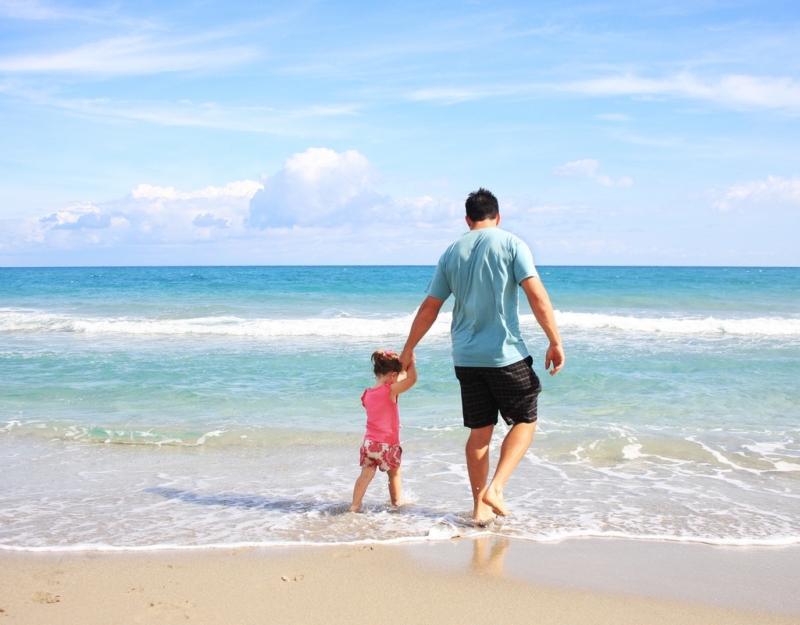What is sunscreen?
Sunscreens form a barrier on the skin, reducing the amount of UV light penetrating into the skin. They are made up of a mix of UV filters such as physical filters, stopping UV rays from reaching the skin and chemical filters which themselves absorb the UV rays and disperse the energy molecularly, again stopping it from reaching the skin.
How to use sunscreen
UV rays exist even on cloudy days and in winter therefore, sun protection is important all year round. Avoid being in the sun during 10am and 3pm when the sun is at its strongest.
A sunscreen should be applied liberally and frequently. It should ideally be applied 15-20 minutes before sun exposure to allow it to dry and be absorbed by the skin. Always re-apply especially after swimming and towelling.
Generally, the recommended amount is about 5mL per “body part”, where there are 7 body parts: face & neck, front of torso, back of torso, 2 arms and 2 legs. This is approximately a volume of a shotglass (35mL). A good rule of thumb is thus to check if you’ve used about a shotglass (35ml) worth of sunscreen on your face and body in any one application. The real test is this: If you were to follow this and apply twice a day a 200ml bottle should only last you about 3 days!! If your 200mL bottle of sunscreen is lasting you all season, then you’re not using anywhere near enough.
There are 3 types of sunscreen on the market:
- Lotion – Lotion is a thicker consistency and stays on for longer
- Roll-On: Is a convenient size – makes it easy to pop into the handbag
- Spray: It is more convenient, has a light feel and is easier to spread.
The Cancer Society recommends using at least an SPF 30. This will filter 96.7% of UV radiation, whereas an SPF 50 will filter 98% of UV radiation.







Leave A Comment
You must be logged in to post a comment.